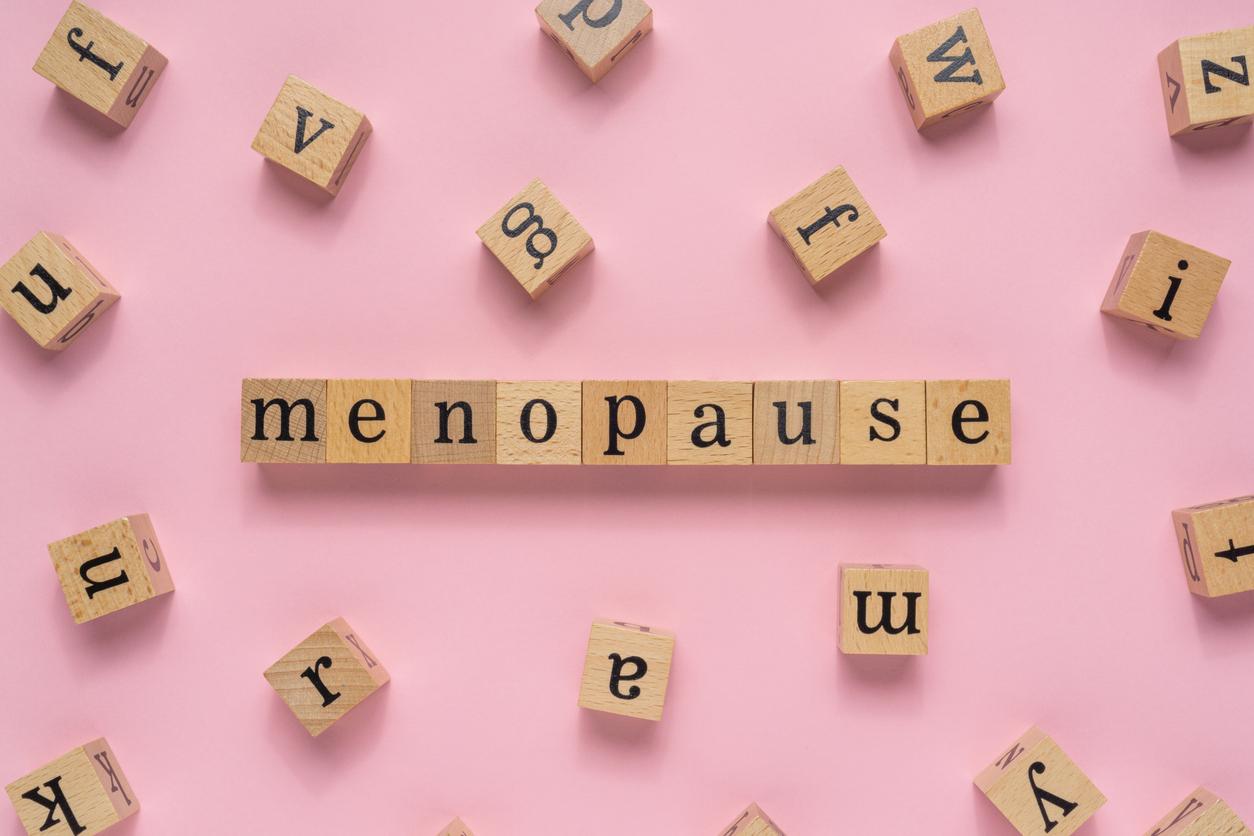When it itches between the toes, we tend to wait for it to get better. You think you didn’t dry yourself well after showering or you sweated a lot. However, it is often a mycosis, due to a fungus that likes humidity. It’s not serious, but it never heals spontaneously. It can even extend.
What is foot fungus?
Either it’s about foot and nail fungusor any other skin mycosis, the causes are fungi, which are microorganisms. These parasites thrive in the outermost layer of the skin, as they need keratin to ensure their survival. You should know that damp heat is a factor that accelerates their development. Regarding fungal infections of the feet and nails, there are two main fungi:
- dermatophytes, which most often affect the feet;
- molds, which can affect the nails.
What are the symptoms of a foot fungus?
Fungal infections of the feet have several symptoms. They manifest as redness or small blisters often accompanied by itching. Then the skin begins to peel. The scales are deposited on the ground, favoring the contamination of other feet that pass by. Contagion is also common in families through bath mats and hand towels.
If it is the nails that are affected by fungus, then the signs will be different. The latter can be painless at first, so you have to be careful. It is possible to observe, for example:
- thickening of your nail;
- weakening of the nail, which can lead to breakage more easily;
- nail discoloration, which may turn white or yellow;
- nail detachment.
If you observe these signs, do not delay in making an appointment with a doctor. Without treatment, the fungus could become painful, and could be a source of discomfort when walking or simply when wearing closed shoes.
How do you get foot fungus?
called “athlete’s foot”, although it does not only affect athletes, this condition is contagious. We readily catch it in the summer, when walking barefoot around swimming pools, in saunas or changing rooms. We are also exposed to it when we often wear sports shoes, which are known to promote maceration.
What elements can promote fungal infections of the feet?
Several elements can promote the appearance of foot fungus. This is particularly the case of:
- humidity (excessive sweating, wearing closed shoes, etc.);
- insufficient hygiene, or on the contrary too much;
- certain sports (for example those involving a swimming pool);
- certain drug treatments (antibiotics, anti-inflammatories, etc.);
- certain diseases (obesity, diabetes, etc.).
How to cure foot fungus quickly?
If you suspect a yeast infection on your skin, it is best to make an appointment with your doctor, so that he can prescribe a treatment.
When to consult a doctor ?
Consultation with a doctor is not systematic. You can treat mycosis yourself if it is not very extensive and has already been diagnosed.
On the other hand, if the mycosis develops rapidly, you have more and more inconvenience and you suffer from circulatory disorders in the legs, then it is advisable to consult a doctor quickly.
During the appointment, the doctor will be able to identify the fungus that caused your yeast infection. If the diagnosis is not possible directly, then a sample can be taken and sent to the laboratory.

Mycosis of the feet
What treatments exist?
Following your appointment with the doctor, the latter may prescribe a treatment for your foot fungus. As explained by site Vidal, for small and shallow fungal infections, local antifungal treatments are used. It contains substances belonging to several chemical families, in particular the imidazoles, which are the most numerous. The advantage of the latter lies in their effectiveness on a large number of fungi.
In the case of extensive fungal infections, oral treatment may be prescribed by your doctor.
Your doctor can give you the duration of the treatment as well as the form in which you will take the treatment (cream, emulsion, powder or solution).
Healing is easier to obtain today, because treatments have become much simpler. THE treatment of foot fungus is quite fast. In fact, uA one-week treatment cream is now on sale. Latest progress to date: an antifungal solution requiring only one application (Lamisilate® single dose 1%*). But both feet should be treated, between and around the toes, then over the entire arch and sides. The only constraint: do not wash your feet or wet them within the next twenty-four hours.
How to get rid of foot fungus naturally?
If you want to try a natural treatment for foot fungus, know that there are several ways. THE home remedies for foot fungus do not miss.
The first is to process a foot fungus with baking soda. You will be able to take foot baths with 4 tablespoons of baking soda for 1L of water. If you wonder how long to stay with baking soda to treat foot fungus, know that you have to repeat this operation every day for 15 minutes. Be sure to dry your feet thoroughly at the end.
Baking soda can also be used daily in your socks for example. By sprinkling a small amount in these, the humidity created by your activity of the day can be absorbed.
Treat the foot fungus with essential oils is possible. This is for example the case of:
- lavender essential oil;
- tea tree essential oil;
- thyme essential oil.
You can apply these oils directly to the area to be treated. These are effective as they have antibacterial and antifungal properties.

Mycosis of the feet
However, it is important to keep in mind that these natural treatments will not necessarily be as effective as drug treatments. If you don’t see any improvement with essential oils or baking soda, don’t delay in making an appointment with your doctor to treat your yeast infection in time.
Is foot fungus contagious?
There foot fungus is contagious. Contagion can occur through person-to-person contact but also via surfaces or objects that carry the fungus. This may be the case, for example, on the floor of showers or swimming pools, or even on hotel carpets.
It is therefore very important to treat your mycosis at the first signs, to prevent it from spreading to other parts of your body. A yeast infection that is not completely treated increases the risk of recurrence.
How to avoid recurrences?
To avoid developing fungal infections as much as possible, you can put in place certain tips, in particular:
- disinfect shoes worn barefoot with an antifungal powder and wash any sources of contamination at 60°C (towels, bath mats);
- in case of excessive sweating, it is better to use antiperspirant powders;
- dry the spaces between the toes well after showering;
- do not go barefoot in public places, for example saunas or swimming pools;
- use non-alkaline soap, which will have the advantage of protecting the natural acid layer of the skin;
- avoid as much as possible sharing with another person: your towel, your shoes or even your bathroom mat.
Applying these tips will allow you to avoid the development of any fungi, but also to avoid recurrences if you have just treated a mycosis.
With the collaboration of Dr Feuilhade de Chauvin, dermatologist
To find out more about cutaneous mycosis with EurekaSanté, the general public medical site published by VIDAL.
Read also :
- Treat vaginal yeast infection
















